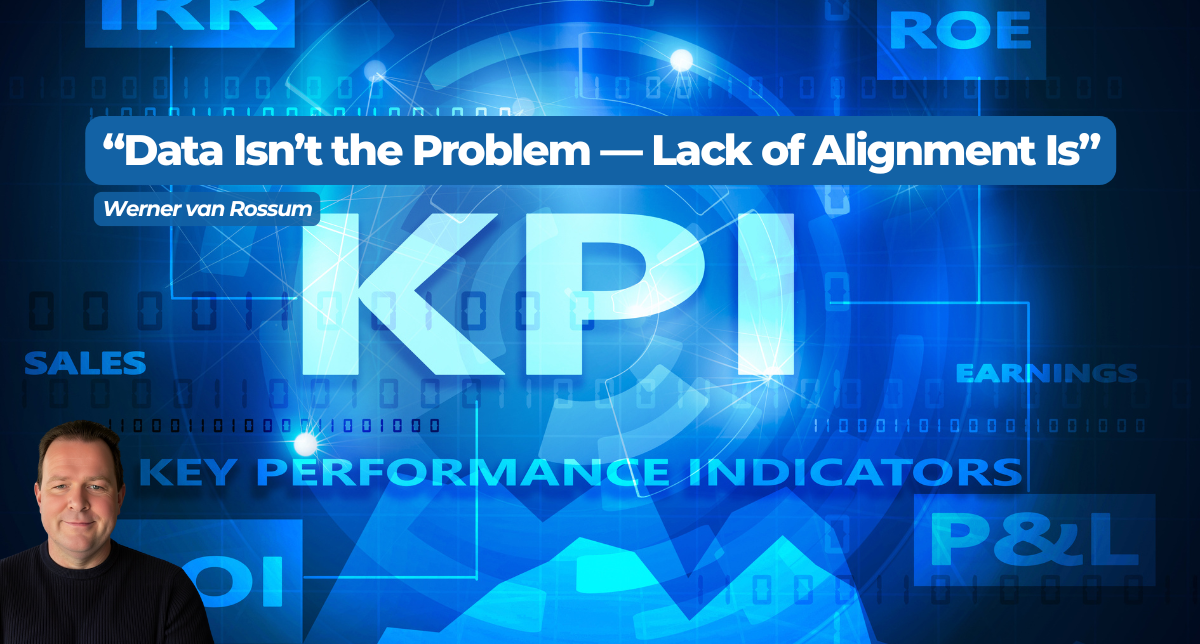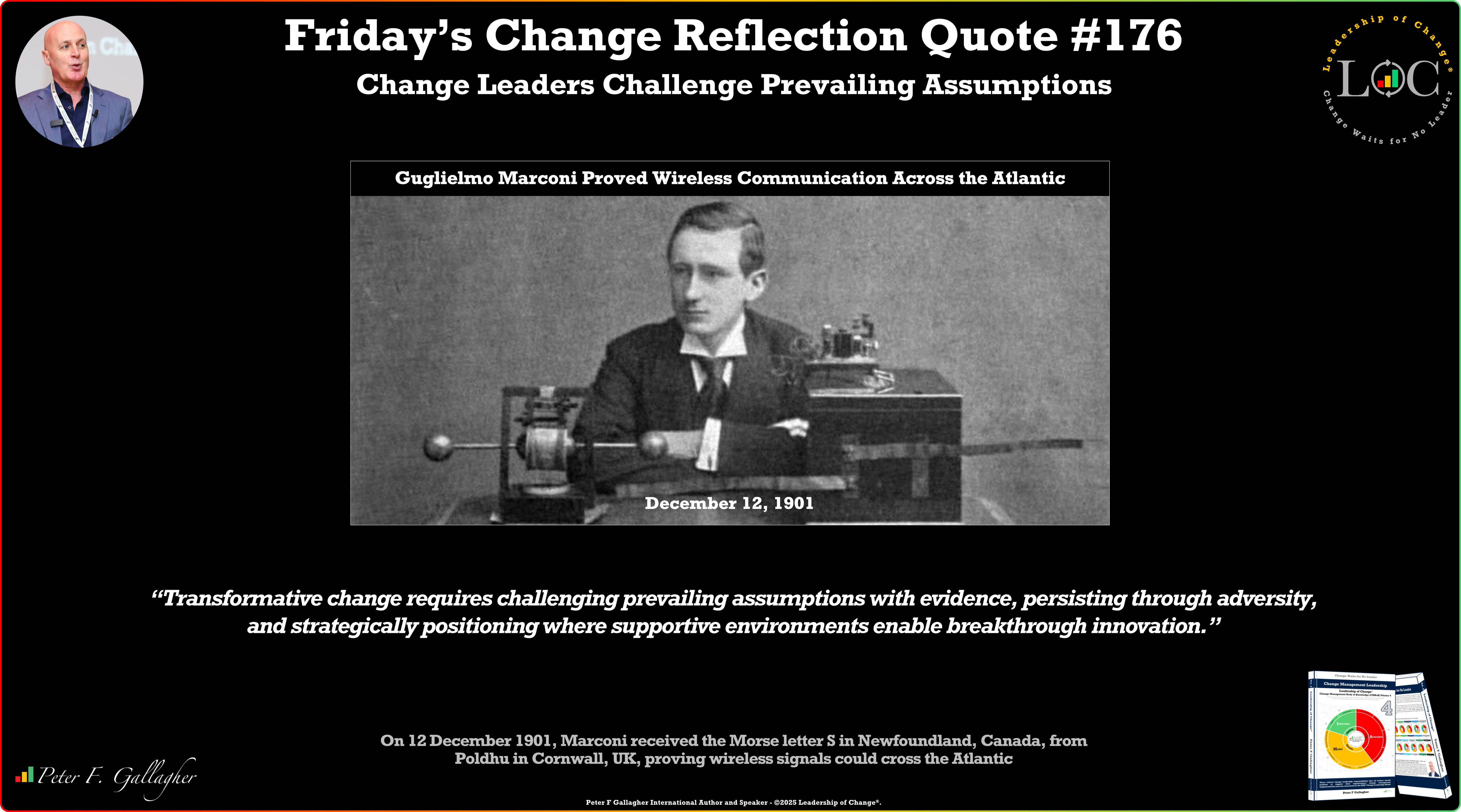Aug19

And the real damage doesn’t come from shouting or confrontation.
It comes from silence.
When employees believe mistakes will be punished or humiliating, they stop speaking up. They work around problems instead of surfacing them. Over time, silence becomes the culture, and that’s when performance begins to erode.
Blame creates hesitation. People pause before admitting errors.
Hesitation breeds silence. Teams decide it’s safer not to share.
Silence kills performance. Innovation, initiative, and trust all shrink.
In one team I worked with, a talented colleague spent three days quietly fixing a small error. Not because it was difficult, but because the last person who admitted a mistake had been publicly torn apart. The real loss wasn’t time. It was trust.
If it’s so destructive, why does blame culture survive? Because it feels deceptively effective.
It gives the illusion of control. Find the person, assign the fault, close the loop.
It misplaces accountability. Individuals are punished, while flawed systems go unexamined.
It rewards fear-based leadership. Leaders mistake silence for compliance when in reality it’s disengagement.
In the short term, it looks like discipline. In the long term, it undermines performance.
A culture of silence has predictable consequences:
Lost innovation. Nobody risks fresh ideas.
Shrinking initiative. Teams wait for permission instead of acting.
Talent attrition. High performers quietly exit for organizations where honesty is safe.
The irony is that leaders often believe they’re “raising standards” by being tough on mistakes. In reality, they’re draining the very energy that drives transformation.
Leaders who want resilient, high-performing teams need to reframe their response to mistakes. Here’s how:
From Blame to Systems Thinking
Ask: “Where did the process break down?”
Treat mistakes as signals to improve systems, not as failures to punish.
From Criticism to Curiosity
Your first reaction sets the tone.
Replace “Who’s at fault?” with “What made sense at the time?”
From Perfection to Honesty
Reward people for speaking up.
You’re not celebrating failure - you’re celebrating trust.
These shifts don’t make mistakes disappear. They make them visible, which is the only way organizations can actually learn from them.
The real threat isn’t failure. It’s the silence that follows.
Leaders who create trust in the face of mistakes aren’t lowering standards; they’re raising performance. Because when people feel safe to tell the truth, organizations don’t just avoid decline. They build resilience, adaptability, and long-term strength.
The imperative is clear: stop asking how to prevent mistakes, and start asking how to prevent silence.
That’s the shift that turns teams from fragile to future-ready.
Keywords: Leadership, Culture, Transformation
 Data Isn’t the Problem. Alignment Is.
Data Isn’t the Problem. Alignment Is. Friday’s Change Reflection Quote - Leadership of Change - Change Leaders Challenge Prevailing Assumptions
Friday’s Change Reflection Quote - Leadership of Change - Change Leaders Challenge Prevailing Assumptions The Corix Partners Friday Reading List - December 12, 2025
The Corix Partners Friday Reading List - December 12, 2025 Measuring the True ROI of Automated Claims Processes: Beyond Speed and Cost
Measuring the True ROI of Automated Claims Processes: Beyond Speed and Cost The New Silicon Frontier: Specialization and the Diverse Landscape of AI Chips
The New Silicon Frontier: Specialization and the Diverse Landscape of AI Chips